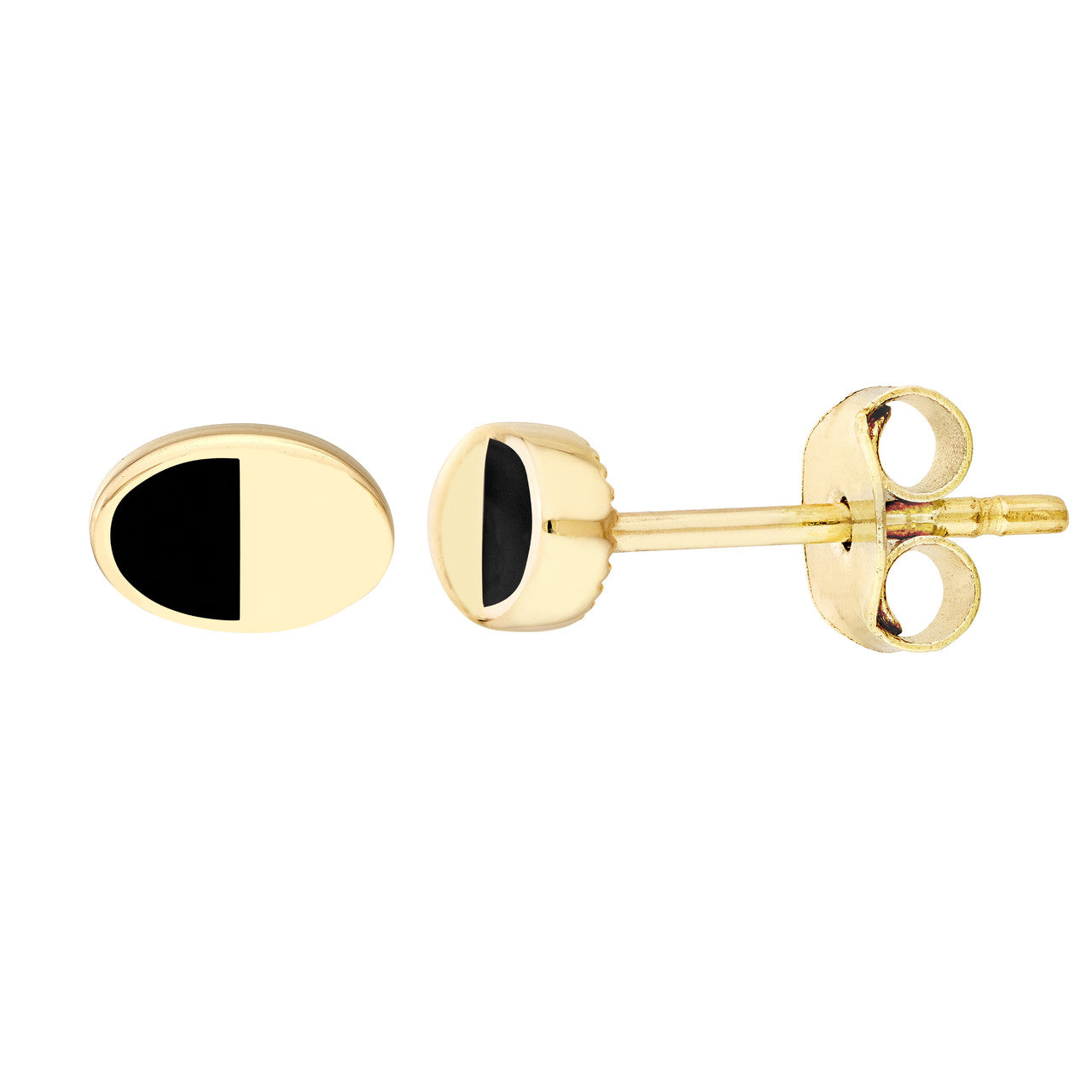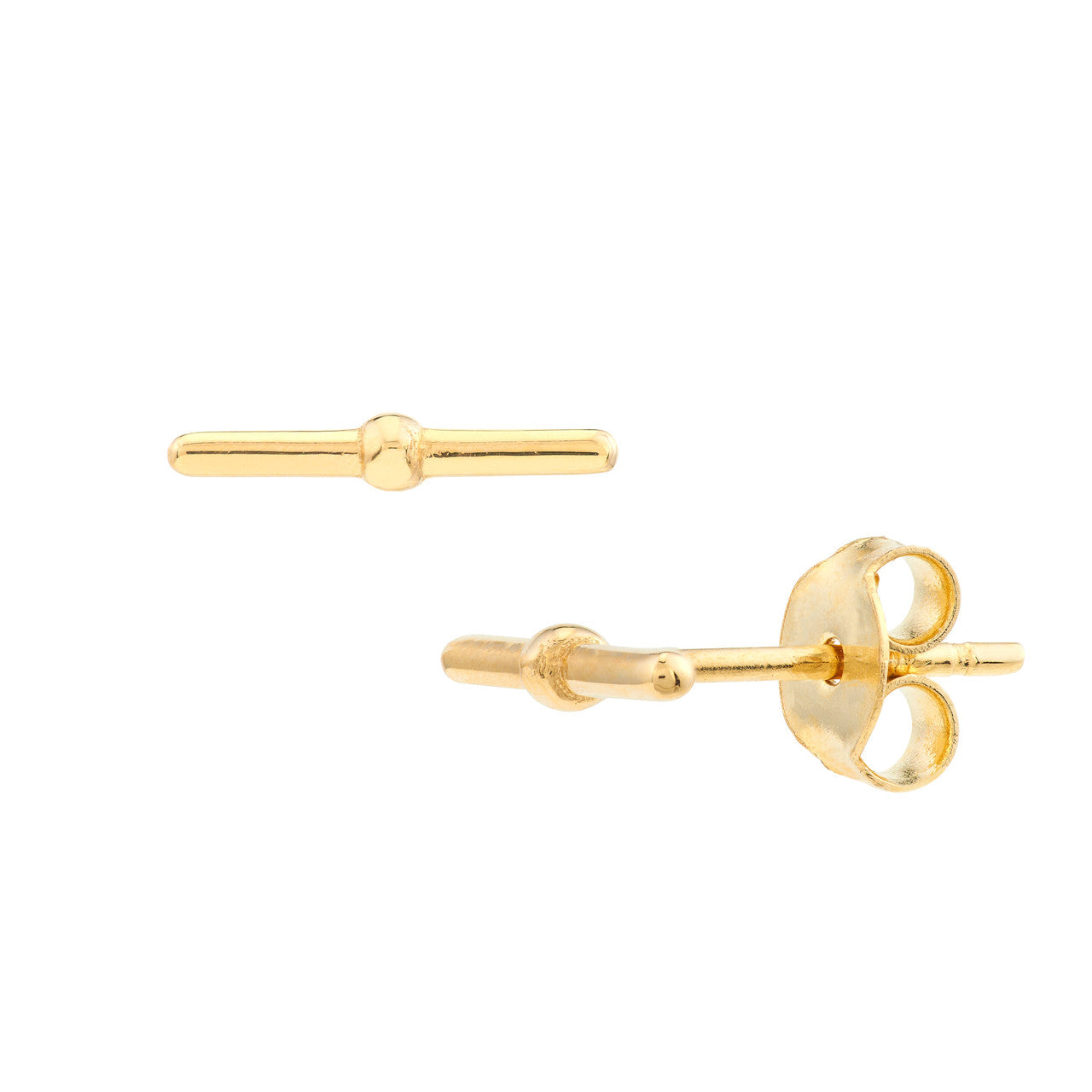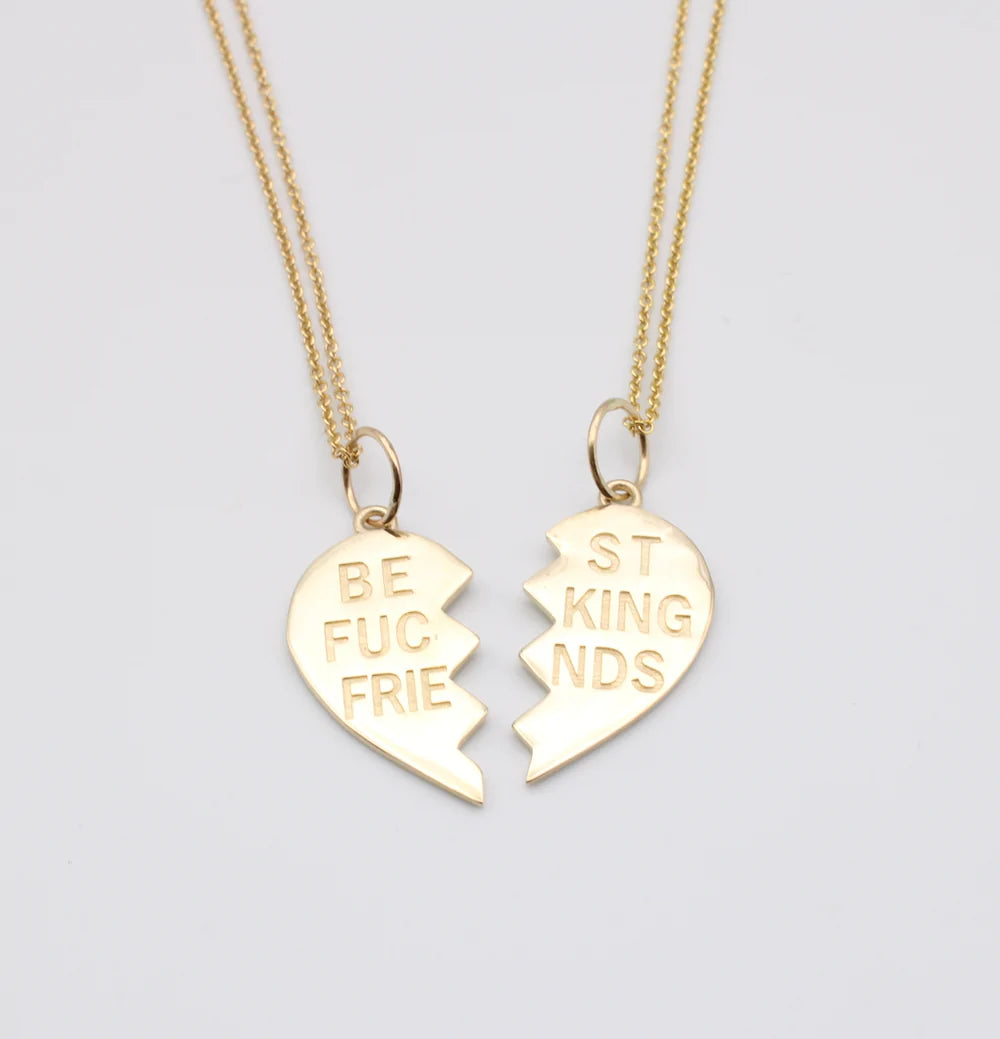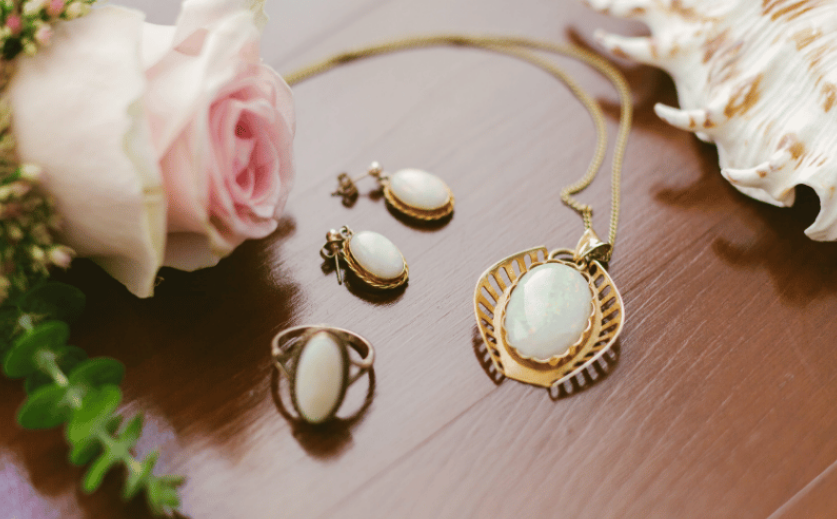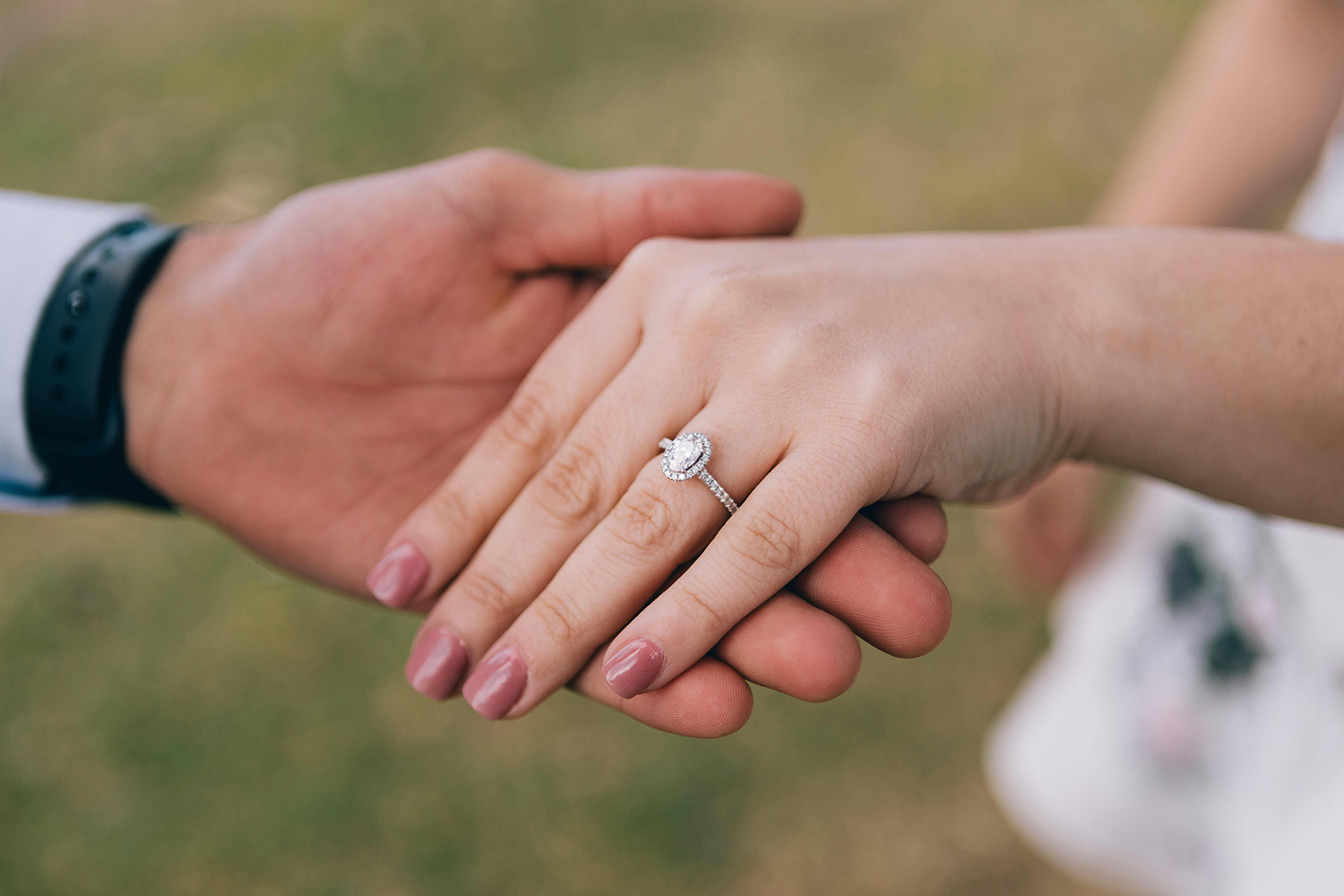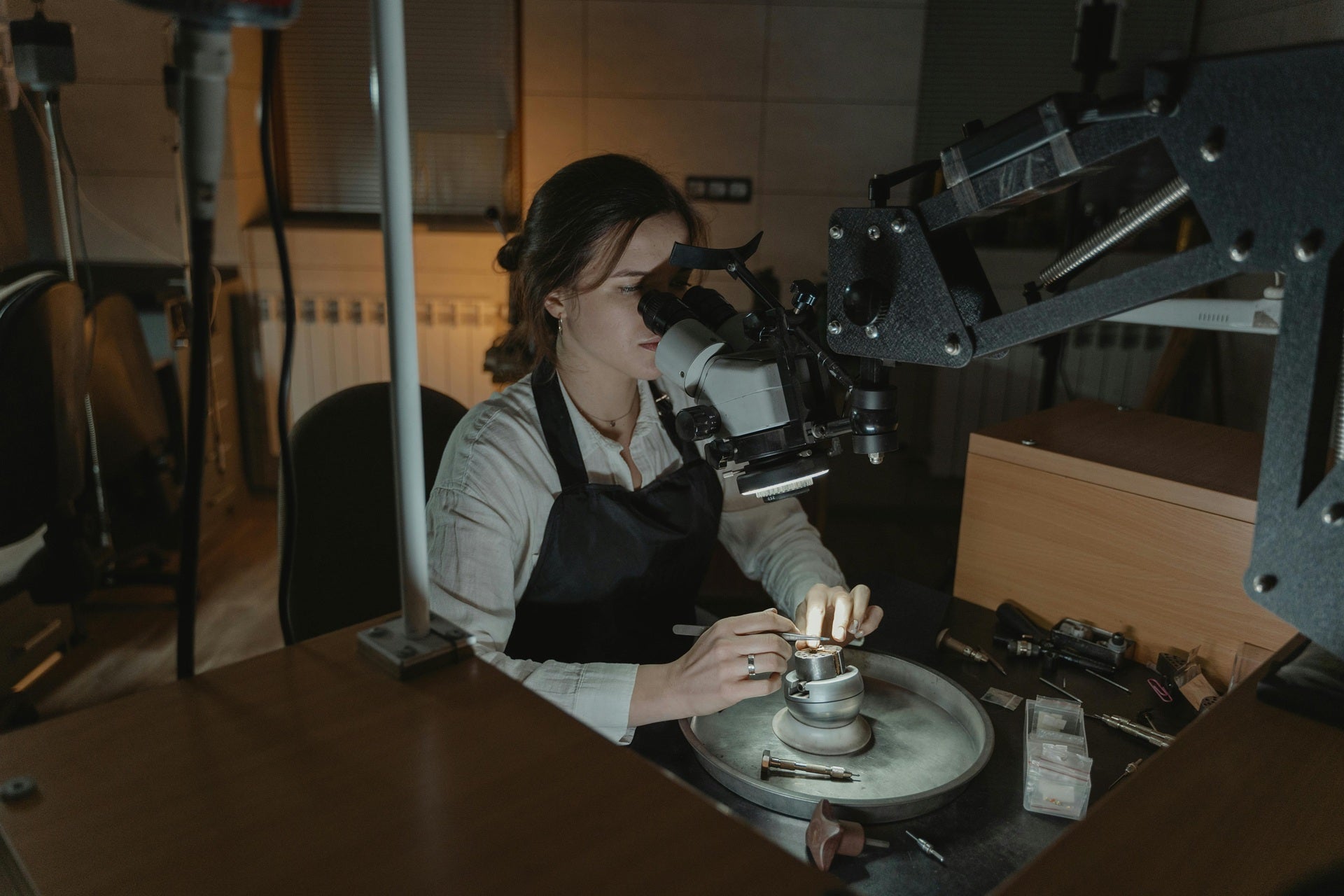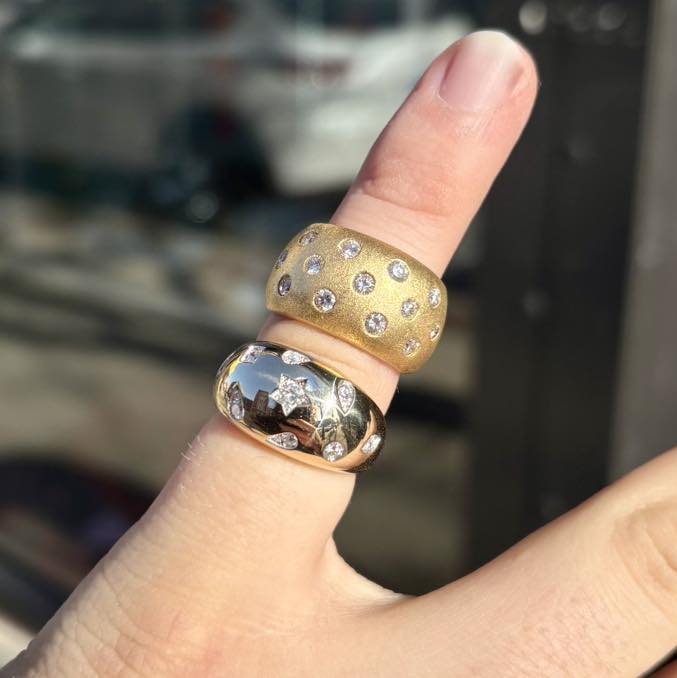Vintage and antique rings have a special charm. Their intricate designs, historical significance, and timeless beauty make them highly sought after. However, identifying these pieces can be challenging, especially for beginners.
This guide will walk you through the essentials of vintage ring identification, focusing on antique gold hallmarks and vintage jewelry.
What Are Hallmarks and Identification Marks?
Hallmarks are small stamps or engravings on jewelry that provide crucial information about the piece. They indicate the metal’s purity, the maker’s identity, the country of origin, and sometimes the year of manufacture.
Identification marks go beyond hallmarks. They can include engravings, serial numbers, or symbols unique to a specific jeweler or era. Together, hallmarks and identification marks tell the story of a ring’s history and craftspersonship.
A Brief History of Jewelry Hallmarks
The practice of hallmarking, which involves stamping precious metals with official marks to indicate their purity and origin, has a rich and extensive history. It can be traced back to ancient civilizations, where early forms of hallmarking were used to ensure the quality of precious metals used in trade and commerce.
Standardization in Medieval Europe
The hallmarking system became more standardized in Europe during the Middle Ages. Powerful guilds, composed of skilled artisans and craftsmen, played a crucial role in regulating the quality of precious metals and enforcing strict standards for hallmarking. These guilds ensure that gold and silver jewelry meet specific purity levels, protecting both consumers and the reputation of the craft.
The UK’s Comprehensive Hallmarking System
The United Kingdom, in particular, developed one of the most comprehensive and well-established hallmarking systems in the world. This system, which remains in use today, involves a series of intricate marks that indicate the metal's purity, the assay office that tested it, the date of hallmarking, and the maker's mark. These hallmarks provide a wealth of information about the piece's origin and authenticity, which makes them invaluable for collectors and historians.
Hallmarking in the United States
In contrast, the hallmarking system in the United States was less formalized and standardized. While some makers included their own marks or stamps indicating the metal's purity, there was no overarching regulatory body or consistent system of hallmarking. This lack of standardization can make it more challenging to identify and date antique gold hallmarks and vintage jewelry gold identification marks in the US.
Understanding these historical differences and the evolution of hallmarking practices in different regions is essential for accurately decoding and interpreting antique gold hallmarks and vintage jewelry gold identification marks. By recognizing the unique characteristics and symbols used in various hallmarking systems, collectors and enthusiasts can gain valuable insights into the history, origin, and authenticity of their treasured pieces.
Common Types of Hallmarks on Vintage Rings
Hallmarks on vintage rings are like tiny fingerprints, each telling a part of the story about the piece’s origin, maker, and composition. These small stamps or engravings are essential for vintage ring identification, helping collectors and enthusiasts verify authenticity and understand the ring’s history. Below, we’ll explore the most common types of hallmarks you’ll encounter, from metal purity marks to maker’s symbols, and how to interpret them.
1. Metal Purity Marks
Metal purity marks, also known as hallmarks, are vital indicators of the precious metal content within a piece of jewelry, such as a ring. These marks are typically stamped or engraved onto an inconspicuous area of the jewelry and provide valuable information about the quality and value of the piece. Some common examples of metal purity marks include:
-
Gold Purity Marks:
-
10K: 41.7% gold
-
14K: 58.5% gold
-
18K: 75% gold
-
22K: 91.6% gold
-
24K: 99.9% gold (often referred to as "pure gold")
-
750: 75% gold (commonly used in Europe)
-
916: 22K gold (commonly used in India)
-
Silver Purity Marks:
-
925: 92.5% silver (Sterling silver)
-
800: 80% silver
-
950: 95% silver (Britannia silver)
-
Platinum Purity Marks:
-
900: 90% platinum
-
950: 95% platinum
-
999: 99.9% platinum (Pure Platinum)
These marks are often accompanied by symbols or letters that provide additional context, such as the country of origin, the manufacturer, or the assay office that certified the metal's purity.
2. Maker’s Marks
Maker’s marks are an invaluable clue in identifying the origin and history of a piece of jewelry. These marks, which can take the form of initials, full names, logos, or unique symbols, are typically stamped or engraved onto the inside of the ring shank or another inconspicuous location. Researching these marks in resources like online databases and antique jewelry books or consulting with a qualified jeweler or appraiser can potentially uncover the identity of the jeweler or manufacturer who created the ring. This information can, in turn, provide insights into the ring's age, style, and potential value.
In some cases, the maker’s marks may be accompanied by other hallmarks, such as purity marks indicating the metal content of the ring or date marks signifying the year of manufacture.
These additional markings can further aid in the identification and authentication process. However, it's important to note that not all antique or vintage rings will have a maker’s mark, and even those that do may have marks that are illegible or difficult to decipher. In such cases, other clues like the ring's design, materials, and overall handiwork can be used to estimate its age and origin.
3. Date Letters
Date letters are another important element in identifying the age of vintage jewelry, particularly those originating from the United Kingdom. These hallmark symbols consist of a single letter encased within a shield or other shape and signify the year in which the piece was assayed and marked. Using date letters follows a cyclical pattern, with a new letter assigned each year, creating a continuous alphabet sequence that repeats over time.
This system allows for accurate dating of jewelry pieces, providing valuable information about their historical context and artisanship. One can easily decipher the corresponding year of manufacture by referencing a comprehensive date letter chart. For instance, the letter "A" might represent 1975, while "B" signifies 1976, and so forth.
However, it is essential to note that the specific alphabet sequence and its starting point may vary depending on the assay office and the time period. Therefore, when interpreting date letters, you need to consider the origin of the jewelry and consult the relevant hallmarking guidelines for that region and era.
4. Assay Office Marks
Hallmarks are official marks stamped on precious metals to guarantee their purity and origin. Assay offices, which are authorized to test and certify the metal content of jewelry and other items, typically apply these marks.
Each assay office has its own unique hallmark, which often includes symbols and letters that identify the location and date of the assay. The leopard's head is a well-known hallmark of the London Assay Office, while the anchor represents the Birmingham Assay Office. Other common assay office marks include the castle for Edinburgh, the Hibernia for Dublin, and the crown for Sheffield.
In addition to the assay office mark, hallmarks may include other symbols and letters indicating the metal type, purity, and maker's mark. For example, the number "925" signifies that the metal is sterling silver, which is 92.5% pure silver. The maker's mark is a unique symbol or set of initials identifying the jeweler or silversmith who made the item.
Examining the hallmarks on a piece of jewelry allows us to learn a great deal about its history and origin. This information can be valuable for collectors, appraisers, and anyone interested in the provenance of their treasured pieces.
5. Country-Specific Marks
Hallmarking systems can vary significantly from country to country, providing valuable clues about a piece's origin and metal content.
In France, 18-karat gold is commonly denoted by an eagle's head hallmark, while in Italy, a star symbol accompanied by a numeric code might be used to indicate the same gold purity. Other countries have unique symbols and systems; British hallmarks often incorporate a lion passant, while Swiss hallmarks might feature Helvetia heads.
These hallmarks not only serve as indicators of precious metal content but also provide insights into the craftspersonship and jewelry-making traditions of different regions.
Popular Eras of Vintage Rings and Their Hallmarks
Now that you’re familiar with the common types of hallmarks, let’s take a step further and look into how these marks vary across different periods. From the romantic designs of the Victorian Age to the bold geometry of Art Deco, understanding these eras will deepen your appreciation for vintage ring identification and help you spot the hallmarks that define each point in time.
-
Victorian Era (1837-1901)
Victorian rings, spanning the era of Queen Victoria's reign from 1837 to 1901, are highly sought-after for their distinctive romantic motifs and intricate craftsmanship. These rings frequently showcase symbolic designs incorporating elements of nature, such as flowers, leaves, and birds, as well as sentimental icons like hearts and entwined hands.
Additionally, the serpent, a symbol of eternal love, was a popular motif during this period. Early UK date letters and maker's marks are commonly found on Victorian rings, providing valuable clues about their origin and age.
-
Art Nouveau (1890-1910)
From approximately 1890 to 1910, the Art Nouveau period was a golden age for jewelry design. It was characterized by a distinctive aesthetic inspired by nature's sinuous forms and organic motifs. Collectors and enthusiasts covet rings crafted during this era for their unique beauty and artistic merit.
Art Nouveau rings typically showcase flowing lines, intricate details, and stylized depictions of flowers, leaves, insects, and other natural elements. The emphasis on handcrafted artistry and the use of high-quality materials, such as gold, silver, and precious gemstones, further elevate their appeal.
Identifying authentic Art Nouveau rings involves examining their hallmarks. During this period, French and other European jewelry makers commonly used the eagle's head symbol for gold to signify the quality of their creations. These hallmarks are valuable clues for collectors and appraisers seeking to authenticate and date Art Nouveau jewelry. In addition to hallmarks, other characteristics can help discern genuine Art Nouveau rings. These include the overall design aesthetic, the quality of the handiwork, and the presence of specific motifs and decorative elements commonly associated with the period.
-
Art Deco (1920-1935)
Art Deco rings, which date from the 1920s and 1930s, are instantly recognizable by their bold geometric patterns and vibrant gemstones. These rings often feature symmetrical designs, sharp angles, and stylized motifs inspired by the era's fascination with modernity and industrialization. Popular gemstones used in Art Deco rings include diamonds, emeralds, sapphires, rubies, and onyx.
Hallmarks are a key element in identifying and authenticating Art Deco rings. These tiny markings, typically found on the inside of the shank or the back of the setting, provide valuable information about the ring's metal content and maker. Familiar hallmarks from the Art Deco period include:
-
Metal Content Stamps: These stamps indicate the purity of the metal used in the ring. Look for markings like "14K" or "18K," which signify 14-karat or 18-karat gold, respectively. Platinum was also popular during this era and may be stamped with "PLAT" or "PT."
-
Maker's Marks: These marks identify the jeweler or manufacturer who created the ring. They can take the form of initials, symbols, or full names. Renowned jewelers from the Art Deco period, such as Cartier, Tiffany & Co., and Van Cleef & Arpels, often stamped their rings with their unique maker's marks.
-
Other Hallmarks: Depending on the country of origin, Art Deco rings may also bear additional hallmarks, such as assay marks, date letters, or import marks.
Carefully examining a ring's hallmarks and design elements can help determine its authenticity and origin. Consulting with a qualified gemologist or antique jewelry specialist can also aid in identifying and valuing Art Deco rings.
-
Retro Era (1940s-1950s)
Retro rings, characterized by their bold and glamorous designs, often showcase large gemstones and intricate metalwork. These rings can be identified by several key features. One of the most prominent characteristics is the use of large, eye-catching gemstones, often the design's centerpiece. These gemstones can be diamonds, sapphires, rubies, emeralds, or other precious stones. The metalwork in retro rings is typically intricate and detailed, often featuring filigree, engraving, or other decorative elements.
The presence of hallmarks can aid in identifying retro rings. In the United States, typical hallmarks from the retro period include maker's marks, which identify the jewelry manufacturer, and metal purity stamps, which indicate the type and quality of the metal used in the ring.
Common Challenges and Pitfalls in Vintage Ring Identification
While identifying vintage rings can be an exciting journey, it’s not without its challenges. Even experienced collectors can stumble when deciphering gold ring antique gold hallmarks or interpreting vintage jewelry gold identification marks on jewelry. Here are some common pitfalls to watch out for and tips to overcome them:
Worn or Faded Hallmarks
Over time, stamped gold ring antique hallmarks can become faint or worn, making them difficult to read. This is especially common in older pieces that have been heavily used. To tackle this, use a magnifying glass with good lighting, and consider consulting a professional if the marks remain unclear.
Misinterpreting Symbols
Hallmarks are a crucial element in vintage ring identification, serving as a sort of "signature" that can reveal valuable information about the ring's origin and age. However, interpreting hallmarks requires careful research and cross-referencing with reliable resources.
Misinterpreting these symbols can lead to misidentification and inaccurate estimations of the ring's value. Therefore, it's essential to consult reputable hallmark identification guides or seek the expertise of a qualified jeweler or antique dealer when deciphering these markings.
Missing or Incomplete Marks
Not all vintage rings have complete sets of hallmarks. Some may lack a maker’s mark, date letter, or assay office stamp. In such cases, rely on other clues like the ring’s design, handiwork, and materials to piece together its history.
Counterfeit or Altered Marks
Unfortunately, counterfeit vintage rings with fake hallmarks do exist. Some pieces may even have altered or added marks to increase their perceived value. To avoid falling for these, buy from reputable sellers and, when in doubt, seek an expert appraisal.
Overlooking Regional Differences
Hallmarking systems vary widely by country and era. As we mentioned, French rings often feature an eagle’s head for 18K gold, while Italian rings may use a star and number code. Familiarize yourself with these regional differences to accurately interpret vintage jewelry gold identification marks on jewelry.
Assuming All Rings are Hallmarked
Not all vintage rings, especially older or handmade pieces, have hallmarks. If you can’t find any marks, don’t assume the piece isn’t valuable. Instead, examine its design, materials, and artistry for clues about its origin and era.
Relying Solely on Hallmarks
While stamped gold ring antique gold hallmarks are incredibly useful, they’re just one piece of the puzzle. A ring’s overall style, gemstone settings, and construction techniques can provide additional context. For example, intricate filigree work might point to the Art Nouveau era, while bold geometric designs are typical of Art Deco.
Ignoring Historical Context
Understanding the historical context of a ring’s era can help you interpret its hallmarks and design. For instance, wartime jewelry often used less gold due to material shortages, which might explain a lower karat stamp. Researching the time period can provide valuable insights into the piece’s origins.
Being aware of these challenges and approaching vintage ring identification with patience and care enables you to uncover the true story behind each piece.
How to Identify Vintage Rings
Step 1: Examine the Ring for Stamps and Marks
Use a magnifying glass to inspect the ring’s interior or exterior for stamped gold ring antique gold hallmarks. Look for small symbols, numbers, or letters that indicate metal purity, maker, or origin.
Step 2: Research the Hallmarks
Once you’ve located the marks, use online databases, books, or hallmark guides to decode them. Once you've located the markings on your vintage jewelry, numerous resources are available to help you decipher their meaning.
-
Online Databases: Reputable jewelry and hallmark identification websites often offer comprehensive databases. You can usually search by the specific symbols or letters you've found or by the era and style of your piece.
-
Books and Guides: Many books and guides are dedicated to hallmark identification. They can be found in libraries, bookstores, or online. They often include detailed images and explanations of various hallmarks and maker's marks.
-
Professional Appraisers: If you have a particularly valuable or intricate piece, you may want to consult a professional appraiser. They have the expertise and tools to identify hallmarks accurately and can provide a detailed report on your jewelry's history and value.
-
Local Jewelers: Some local jewelers may also be able to assist with hallmark identification, especially if they specialize in vintage or antique jewelry.
Remember to cross-reference your findings from multiple sources to ensure accuracy. Identifying hallmarks can be a fascinating journey into the history of your vintage jewelry, revealing its origins, maker, and even the materials used.
Step 3: Assess the Ring’s Style and Design
The ring's design can provide significant clues about its era. Intricate floral patterns, often featuring roses, lilies, and other delicate blooms, were prevalent during the Victorian era, reflecting the romanticism and sentimentality of the time.
Similarly, natural motifs, such as leaves, vines, and birds, were common in Victorian jewelry. In contrast, Art Deco pieces, which were popular in the 1920s and 1930s, are characterized by bold geometric shapes, symmetrical patterns, and streamlined forms. They incorporate stylized floral elements and abstract motifs, reflecting the era's fascination with modernity and technological progress.
Other design elements, such as the use of specific gemstones, metalwork techniques, and engraving styles, can also provide clues about a ring's age and origin.
Step 4: Consult an Expert
If you are unsure about the markings on a piece of jewelry or its origin, it's always a good idea to seek the expertise of a professional appraiser or jeweler.
These professionals possess the knowledge and tools to accurately identify the materials used in the piece, as well as its age and potential origin. They can also provide you with an accurate valuation, which can be helpful for insurance purposes or if you're considering selling the piece.
Remember, when it comes to valuable items like jewelry, it's always best to err on the side of caution and consult an expert.
Key Takeaways
Identifying vintage rings is a rewarding journey that combines history, art, and detective work. It’s a task that involves a combination of history, artistry, and a little bit of mystery. By learning to decode antique gold hallmarks and vintage jewelry gold identification marks, you’ll not only appreciate the craftspersonship but also connect with the past in a meaningful way.
Whether you’re a seasoned collector or just starting to explore the world of vintage jewelry, this guide gives you the tools to identify and appreciate these timeless treasures confidently.
Ready to dive in? Start your collection with the finest vintage rings from Bryn Mawr Jewelry and experience the beauty and history of authentic artisanal work firsthand.


